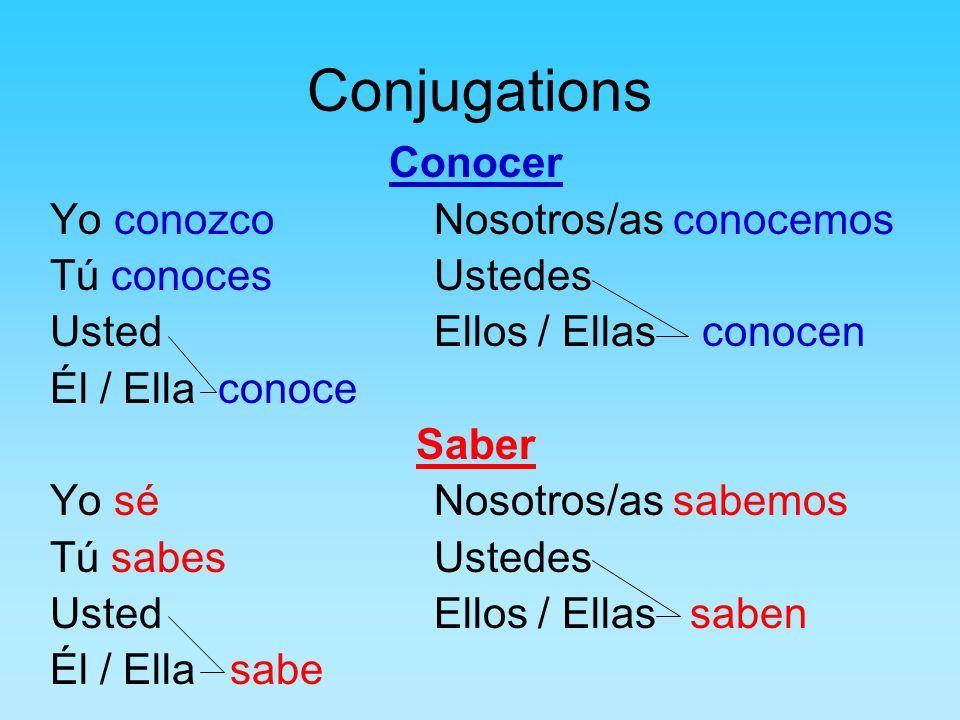

Now we’ll move on to the preterit (past) tense.
SABER PRETERITE ENDINGS SPANISH HOW TO

But just to give you a heads up, there are two verbs in Spanish that mean “to know”. We’ll be focusing on “saber” in this article. Then there are reflexive verbs (which show what/whom the subject of the sentence is by “reflecting” the action back on the subject). Spelling-changing verbs (which have different consonants that help with pronunciation).Stem-changing verbs (which change depending on how they are used in a sentence).These kinds of verbs are divided into the following: However, there are also a number of irregular verbs that don’t always follow a regular conjugation pattern. In a Latin-based language like Spanish, most verbs follow a regular pattern depending on their endings (i.e.


 0 kommentar(er)
0 kommentar(er)
